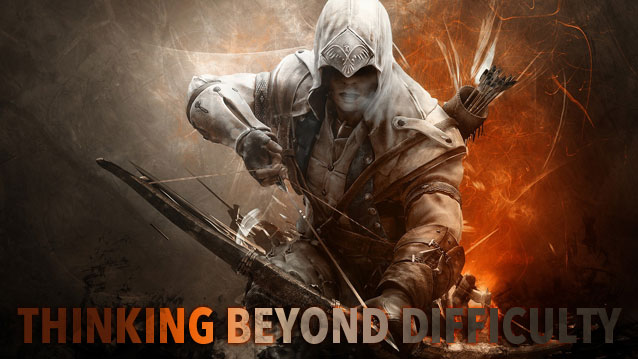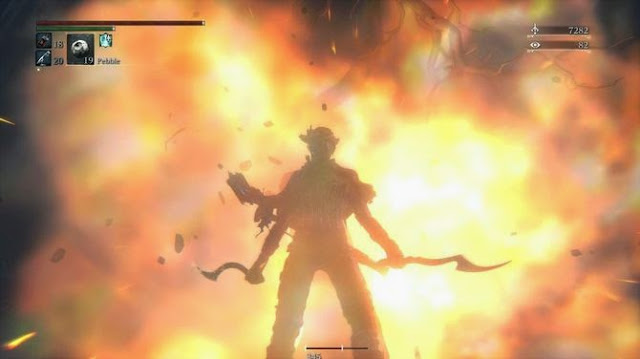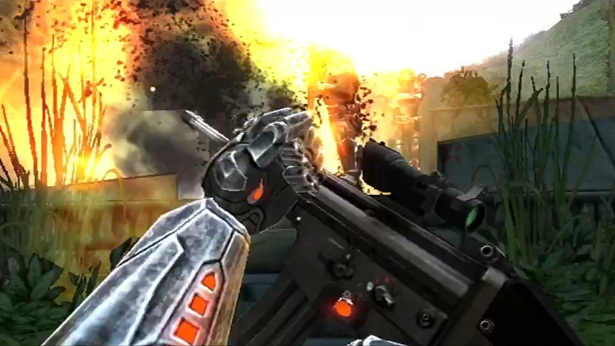

Change can sometimes be unnecessary, resulting in a product that no longer captures what made something great once. This is not the case with Dragon Age 2. The second in BioWare’s fantasy-set RPG series goes through a few changes that make the game incredibly fun and accessible to new and old players of the franchise.
Dragon Age 2 tells the story of Hawke, the acclaimed Champion of Kirkwall. The entire story of the game has already passed, but is presented to the player in a framed narrative, a story within a story so to speak. Hawke’s journey is told by one of his party members, a dwarf named Varric Tethras, to a Seeker of the Chantry who is looking for Hawke. From there, the what happens in Dragon Age 2 is up to you and your choices.
Hawke is the Champion of Kirkwall, but what exactly did he do on his rise to power? That is the question the game’s story will address and it serves as a great driving force for the narrative. The choices presented are choices that shape this hero and his legacy, a very unique way of story presentation.
The sense of time that passes in-game as the story progresses is impressive. Characters change their clothes, side stories start developing and actions taken early in the story will have an impact later on. The large scope of Dragon Age 2 is evident after you finish the first act.
The combat in DA2 has received a bit of an action boost compared to Dragon Age Origins. The design philosophy of “button equals awesome” shines here and when combat initiates, players are in for a very entertaining experience that removes slow and dull moments. The action is not without its problems, though. Compared to the more tactic and strategy-oriented gameplay of the original, combat has lost some depth. Playing as a rogue or a warrior, you will have little trouble slicing enemies to death without utilizing your abilities completely. It doesn’t make various class abilities useless, but it makes them more optional than anything else, unless you’re playing on the “Nightmare” difficulty. While you can still assign your teammates to perform actions when certain triggers occur, you will still find yourself babysitting them occasionally.
Cosmetically, Dragon Age 2 combat has received some more attention. Animations no longer look as stiff and robotic and you can get a real sense of the attack hitting the enemy, whether it be by blade, arrow or magic. Even better, enemies can explode in a wealth of gore and viscera upon their expiration. Players who chose to create a Rogue in Origins will also be happy to know the backstab animation has been replaced with something far more impressive and bad-ass. Although, pretty as it might be, it can’t excuse the elimination of depth to the title, something we certainly expected and wished for more of, not less.
Whether or not you choose to dictate orders to each of your characters individually or let their automatic actions kick in via Combat Tactic slots, the action picks up immediately and each encounter is a ballet of magic and martial weapons, augmented with the inclusion of the Cross-Class combo. The Cross-Class combo is something akin to what occurs in BioWare’s Mass Effect 2 when players combine biotics to create devastating effects.
Similarly in Origins, you could have a Mage cast a frost spell and use Stonefist to shatter an enemy. Dragon Age 2 takes that idea and implements it with a bit more depth. Warriors, Rogues and Mages all have methods of dealing different kinds of status effects. Stagger, Disoriented and Brittle can all be taken advantage of by each class, resulting in a lot more damage when used together. This feature adds a great deal of thinking and strategy to each encounter and as a result, each fight is varied, entertaining and often a bit of a puzzle. This is one feature from Origins I’m happy to see expanded. It works, it is rewarding, and it promotes utilizing each class for their respective abilities.
A large change from Origins and its expansion (Awakening) to Dragon Age 2 is found in the companion armor system. You are no longer able to customize the armor of each individual party member, a feature that required micromanagement, more than some players desired. Instead, Dragon Age 2 predetermines each party member’s outfits, but allows for purchasing different upgrades for their armor that increases its stats or adds slots for runes. If you weren’t a fan of your entire party looking rather unusual and mismatched, that will no longer be a concern. However, like Mass Effect 2 did for that franchise, players lose an important and often rewarding RPG element to the game.
The loot system also endures a make over as well in Dragon Age 2. Items that are obviously better for Hawke or his/her teammates will be ranked by stars (a maximum of 5), so going over inventory and equipping better items has become less of a chore and much more simplified. Item sets also make a return, granting various bonuses when worn together.
One gripe about DA2 that was also found in Origins is the lack of enemy variety. Seemingly, almost every bad guy is going to be your typical mercenary, darkspawn or demon and they’re be carbon copy classes. Granted, this is a fantasy game and those are the kinds of enemies that show up in those settings, and you can see some variety in the very large enemies like ogres or dragons, but more new enemies would have helped the game out a lot.
Continue to Page 2 for our final thoughts on Dragon Age 2!
Continued:
« 1 2 »




 How to Survive Dying Light: A Combat Guide
How to Survive Dying Light: A Combat Guide Watch Dog Enemies: Whos who
Watch Dog Enemies: Whos who 5 Reasons Cross-Platform Browser Tools Are the Way to Go
5 Reasons Cross-Platform Browser Tools Are the Way to Go Bloodborne - Alfred, Djura (NPC) Location, Quest Lines
Bloodborne - Alfred, Djura (NPC) Location, Quest Lines Conduit 2 Walkthrough
Conduit 2 Walkthrough